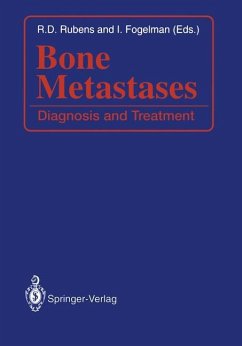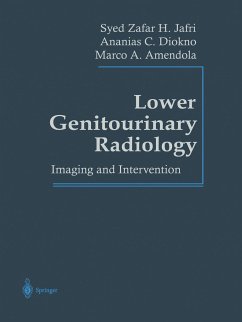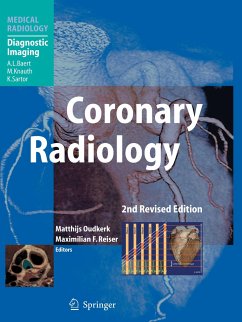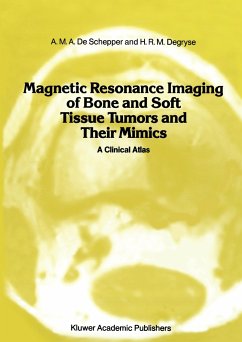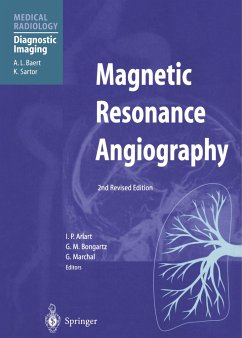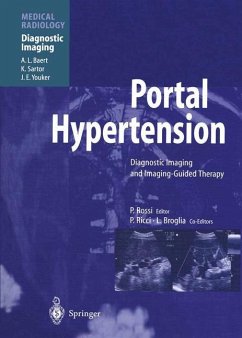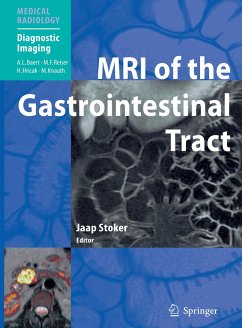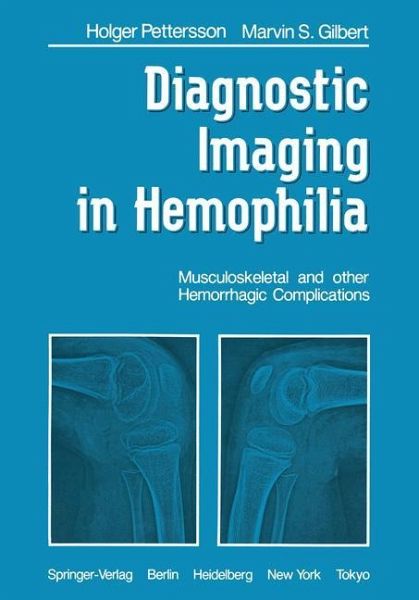
Diagnostic Imaging in Hemophilia
Musculoskeletal and Other Hemorrhagic Complications

PAYBACK Punkte
20 °P sammeln!
During recent decades there has been a revolutionary change in the life expectancy and quality of life of the hemophiliac. This has been achieved by hematologic and c1inical research, and the future for the hemophiliac depends upon further medical knowledge and research. In spite of the dramatically improved life situation of hemophiliacs, hemorrhagic complications remain a threat. The hemorrhagic disorder may influence and/or aggravate the course of trauma or other diseases in these patients. Hemophiliacs suffering from hemorrhagic complications or eligible for elective surgery should be refe...
During recent decades there has been a revolutionary change in the life expectancy and quality of life of the hemophiliac. This has been achieved by hematologic and c1inical research, and the future for the hemophiliac depends upon further medical knowledge and research. In spite of the dramatically improved life situation of hemophiliacs, hemorrhagic complications remain a threat. The hemorrhagic disorder may influence and/or aggravate the course of trauma or other diseases in these patients. Hemophiliacs suffering from hemorrhagic complications or eligible for elective surgery should be referred to Hemophilia Treatment and Training Centers, where evaluation and examination are performed by a multidisciplinary team with experience and interest in the disease. The radio10gist is an important member ofthis team. In the past diagnostic imaging has been based mainly on conventional radiography, and this is still very important for the diagnosis ofhemophilic complications, but the diagnostic imaging of today offers a wide range of modalities-conventional radiography, computed tomography, sonography, radionuc1ide imaging, and, in its infancy, magnetic resonance imaging. Thus there is a need for a thorough description of the potential and limitations ofthese modern diagnostic techniques.






